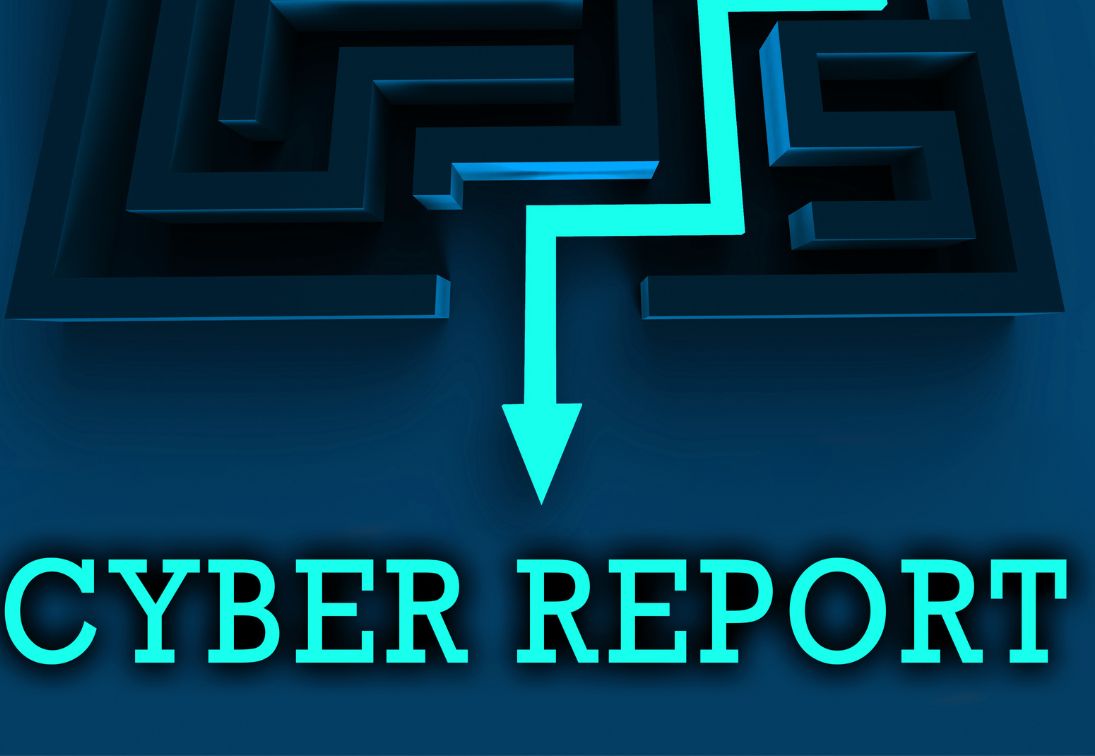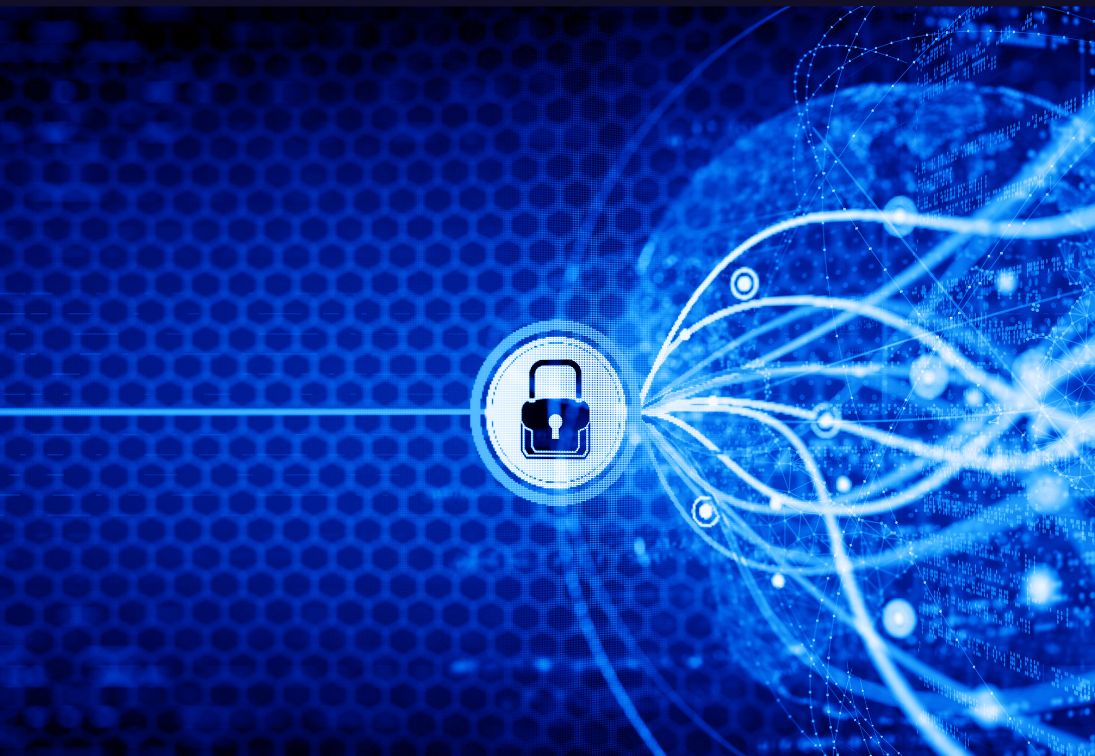Data privacy and regulatory compliance in the digital age is a critical issue for every organization in Israel. The Privacy Protection Regulations (2017) regulate the manner in which personal information is collected, processed, stored, and shared, while strengthening the protection of citizens' privacy. Amendment 13 to the Privacy Protection Law, which will take effect in October 2025, tightens supervision and enforcement, and adds new obligations on database owners.
How can organizations prepare for these changes and ensure compliance with the evolving regulations? This article outlines the key obligations, challenges, and necessary steps for regulatory adaptation.
Privacy Protection Regulations – Key Organizational Obligations
The Privacy Protection Regulations require organizations managing databases to implement measures that ensure secure and transparent data processing. Amendment 13 reinforces the obligation for supervision, personal responsibility, and sanctions for violations.
Main duties of database holders:
Maintaining information security – Use of advanced protection and encryption technologies to prevent information leaks. Access permission management – Set permissions as needed and prevent unauthorized access to information. Transparency towards data subjects – Obligation to inform individuals about the purposes of using data. Reporting information security incidents – It is mandatory to report to the Privacy Protection Authority and to the victims within 72 hours in the event of a serious incident. The principle of minimalism – Collecting only the data necessary for a defined purpose. Internal and external supervision – Conducting periodic risk surveys and monitoring external parties that process data.
Key Challenges in Complying with the Privacy Protection Regulations
Managing permissions and data access – Accessibility permissions should be defined according to the “need to know” principle. Safeguarding and securing sensitive information – Integrate encryption, access monitoring, and security controls to prevent information leaks. Security breach reporting – Documenting events and activating a rapid response procedure for information leaks. Obtaining informed consent from users – Data processing will only be carried out with the consent of the data subjects and with full transparency. Sometimes it is better to appoint Data Protection Manager.
How to adapt the organization to the Privacy Protection Regulations and Amendment 13?
1. Performing data mapping (Data Mapping and Classification)
- Understanding the data lifecycle – where is the information collected, how is it stored, and who is authorized to use it?
- Data classification – separating sensitive information from non-sensitive information and applying an appropriate privacy policy.
2. Appointment of a Data Protection Officer (DPO) in the organization
Amendment 13 requires the appointment of a privacy officer in large organizations or those with sensitive databases.
3. Strengthening security and information protection measures
- Implementing encryption and system hardening – securing data in transit and at rest to prevent unauthorized access.
- Using SIEM to monitor unusual events – identifying and investigating threats in real time.
4. Updating privacy and accessibility policies
- Accessible and clear privacy policy – details of how information is collected, stored and processed.
- Opt-in mechanisms – requiring active user consent.
5. Establishing recovery mechanisms and managing cyber incidents
- Data Breach Response Plan – A clear procedure for identifying, reporting, and fixing security breaches.
- Backups and fast recovery – maintaining encrypted backups and performing periodic recovery tests.
The business benefits of complying with the Privacy Shield and Amendment 13 regulations
Increasing user trust – Transparency and information protection create a positive image. Avoiding fines and sanctions – Amendment 13 tightens the fines for failure to comply with the requirements of the law. Improving information security systems – Strengthening the protection of information assets against cyber threats.
Summary: Compliance with privacy regulations as business competitiveness
Mapping and managing personal information responsibly Implementing advanced security measures and encryption. Transparency and privacy management with customers Managing access and restricting permissions for sensitive information Security breach response planning and preparedness
Proper implementation of the Privacy Protection Regulations and Amendment 13 will allow organizations to reduce legal risks, improve their defenses, and build a relationship based on trust with their customers.
Cybersecurity and IT – Two Words, One Solution












